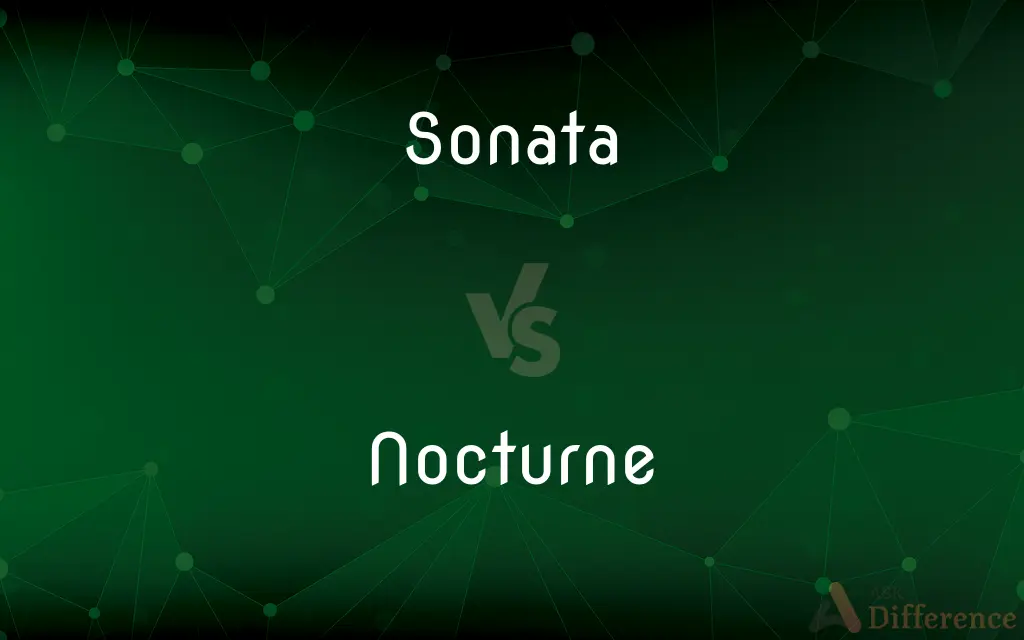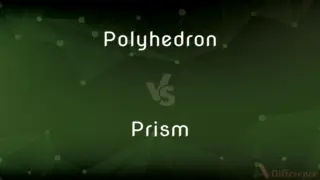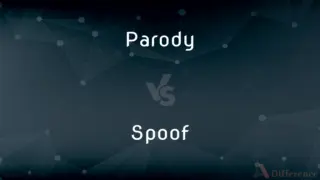Sonata vs. Nocturne — What's the Difference?
Edited by Tayyaba Rehman — By Fiza Rafique — Updated on April 18, 2024
A sonata is a complex musical composition typically structured in multiple movements, while a nocturne is a shorter, lyrical piece often inspired by the night.

Difference Between Sonata and Nocturne
Table of Contents
ADVERTISEMENT
Key Differences
Sonatas, developed during the Classical period, are composed of several movements that often contrast in tempo and character, whereas nocturnes are typically single-movement pieces that focus on melody and mood.
The sonata form, used particularly in the first movements of sonatas, involves an exposition, development, and recapitulation, while a nocturne employs a more free-form structure, emphasizing expressive, often dreamlike melodies.
Sonatas are generally written for solo instruments like the piano or violin, or for small ensembles, showcasing a range of technical abilities and dynamics; in contrast, nocturnes are almost exclusively written for solo piano.
Historically, sonatas have been used as a medium for instrumental virtuosity and complex musical argumentation, whereas nocturnes are more about evoking atmosphere and tender emotions.
The composers of sonatas, such as Beethoven and Mozart, aimed to explore and expand the structural possibilities of music, while nocturne composers like Chopin focused on depth of expression and subtlety.
ADVERTISEMENT
Comparison Chart
Form
Multiple movements with varied characters.
Single movement with lyrical style.
Structure
Exposition, development, recapitulation.
Free form, often without strict structure.
Typical Instrumentation
Solo piano, violin, or small ensembles.
Almost exclusively for solo piano.
Historical Period
Classical and Romantic.
Primarily Romantic.
Primary Focus
Technical mastery and structural complexity.
Mood and melody, often serene and introspective.
Compare with Definitions
Sonata
A form used in instrumental music.
Mozart’s piano sonatas are foundational in classical piano repertoire.
Nocturne
Characterized by its lyrical and intimate melody.
John Field’s nocturnes are considered precursors to those of Chopin.
Sonata
A work that explores thematic development.
The development section in a sonata form reworks themes from the exposition.
Nocturne
A musical piece inspired by the night.
Chopin's Nocturne Op. 9 No. 2 is famous for its expressive, flowing melody.
Sonata
Often includes fast and slow movements.
Haydn’s sonatas typically include three or four movements with contrasting tempos.
Nocturne
Often uses a pedaling technique to enhance its ethereal quality.
The pedal in a nocturne helps sustain the melody to create a dreamlike atmosphere.
Sonata
Intended for professional performance.
Prokofiev’s sonatas require high technical proficiency.
Nocturne
Suitable for intermediate piano players.
Some of Liszt’s nocturnes offer a gentler introduction to Romantic piano music.
Sonata
A multi-movement composition with complex structure.
Beethoven's Moonlight Sonata showcases varying emotions across its movements.
Nocturne
Reflects tranquility and melancholy.
Debussy’s nocturnes blend impressionistic tones with the form’s traditional sentimentality.
Sonata
Sonata (; Italian: [soˈnaːta], pl. sonate; from Latin and Italian: sonare [archaic Italian; replaced in the modern language by suonare], "to sound"), in music, literally means a piece played as opposed to a cantata (Latin and Italian cantare, "to sing"), a piece sung.
Nocturne
A nocturne (from the French nocturnal, from Latin nocturnus) is a musical composition that is inspired by, or evocative of, the night.
Sonata
A composition for one or more solo instruments, one of which is usually a keyboard instrument, usually consisting of three or four independent movements varying in key, mood, and tempo.
Nocturne
A painting of a night scene.
Sonata
(music) A musical composition for one or a few instruments, one of which is frequently a piano, in three or four movements that vary in key and tempo.
Nocturne
An instrumental composition of a pensive, dreamy mood, especially one for the piano.
Sonata
An extended composition for one or two instruments, consisting usually of three or four movements; as, Beethoven's sonatas for the piano, for the violin and piano, etc.
Nocturne
A work of art relating or dedicated to the night.
Sonata
A musical composition of 3 or 4 movements of contrasting forms
Nocturne
(music) A dreamlike or pensive composition, usually for the piano.
Nocturne
A night piece, or serenade. The name is now used for a certain graceful and expressive form of instrumental composition, as the nocturne for orchestra in Mendelsohn's "Midsummer-Night's Dream" music.
Nocturne
A pensive lyrical piece of music (especially for the piano)
Common Curiosities
Can a nocturne have multiple movements?
Traditionally, nocturnes are single-movement works, but composers can choose to expand the form.
What is the main structural difference between a sonata and a nocturne?
Sonatas are structured in multiple movements with varied themes, while nocturnes typically consist of a single lyrical movement.
Are nocturnes suitable for beginner musicians?
While some nocturnes are accessible, many, like those by Chopin, require a good level of skill.
Can nocturnes be considered informal music?
Nocturnes are formal in their composition but are often intimate in their musical expression.
Which is more complex to compose, a sonata or a nocturne?
Sonatas, with their multiple movements and thematic complexity, are generally more challenging to compose.
Which composers are famous for their sonatas?
Ludwig van Beethoven and Wolfgang Amadeus Mozart are particularly renowned for their sonatas.
How do the purposes of sonatas and nocturnes differ?
Sonatas often explore musical themes and showcase virtuosity, while nocturnes focus on atmosphere and emotion.
What is the typical length of a sonata compared to a nocturne?
Sonatas are generally longer, often lasting over 20 minutes, whereas nocturnes are shorter, typically around 5 minutes.
How does the audience’s reception differ between these two forms?
Sonatas might appeal to those appreciating structural complexity, while nocturnes might attract those seeking emotional depth.
What skills are emphasized in playing sonatas vs. nocturnes?
Sonatas emphasize structural interpretation and technical skills, while nocturnes focus on expressive playing and dynamic control.
Share Your Discovery

Previous Comparison
Polyhedron vs. Prism
Next Comparison
Parody vs. SpoofAuthor Spotlight
Written by
Fiza RafiqueFiza Rafique is a skilled content writer at AskDifference.com, where she meticulously refines and enhances written pieces. Drawing from her vast editorial expertise, Fiza ensures clarity, accuracy, and precision in every article. Passionate about language, she continually seeks to elevate the quality of content for readers worldwide.
Edited by
Tayyaba RehmanTayyaba Rehman is a distinguished writer, currently serving as a primary contributor to askdifference.com. As a researcher in semantics and etymology, Tayyaba's passion for the complexity of languages and their distinctions has found a perfect home on the platform. Tayyaba delves into the intricacies of language, distinguishing between commonly confused words and phrases, thereby providing clarity for readers worldwide.














































